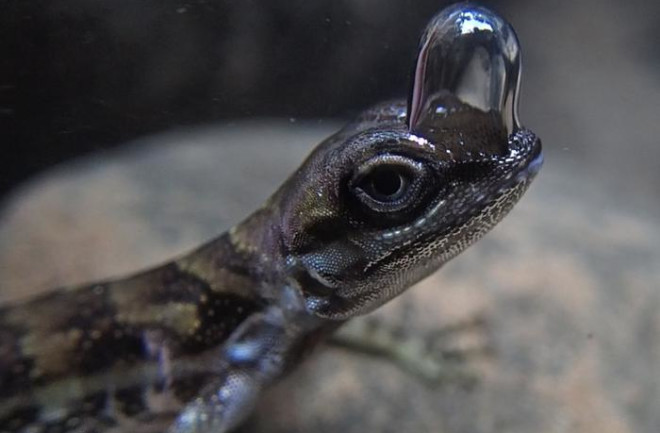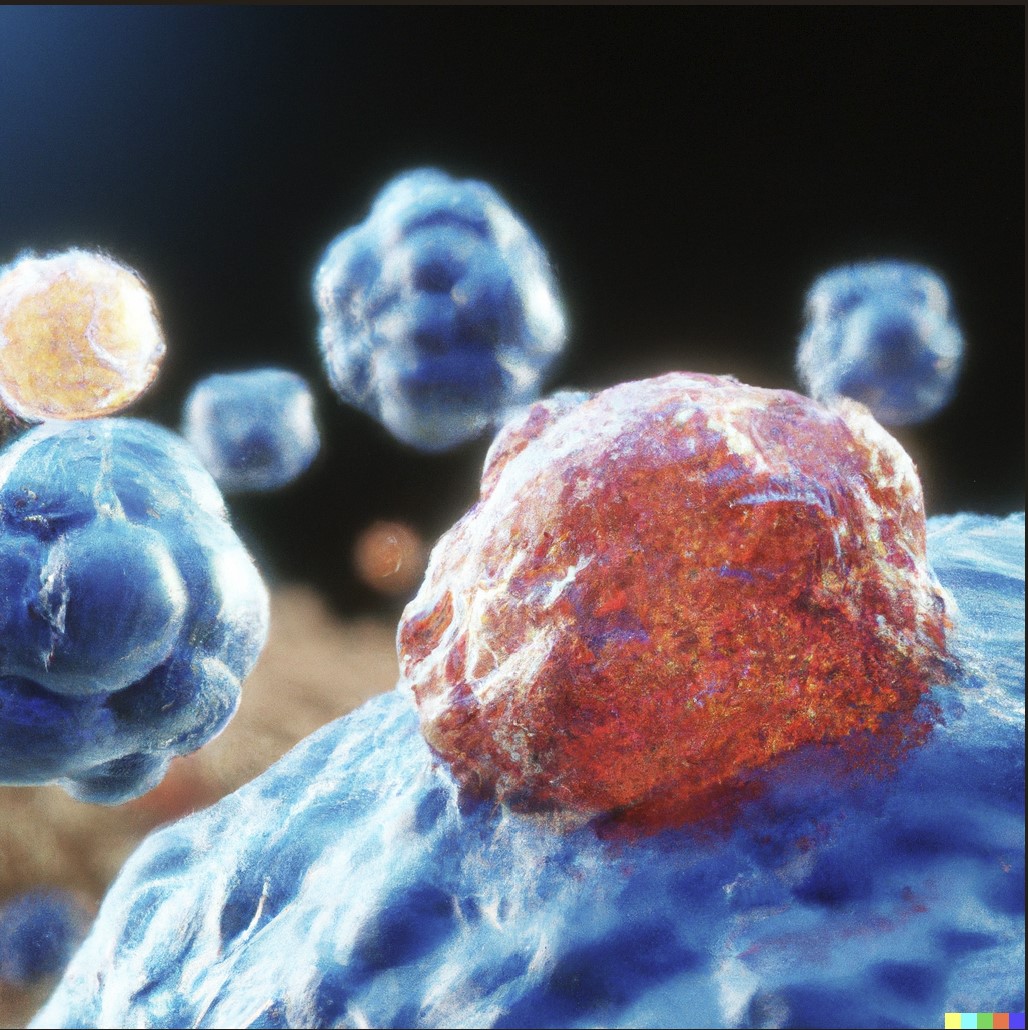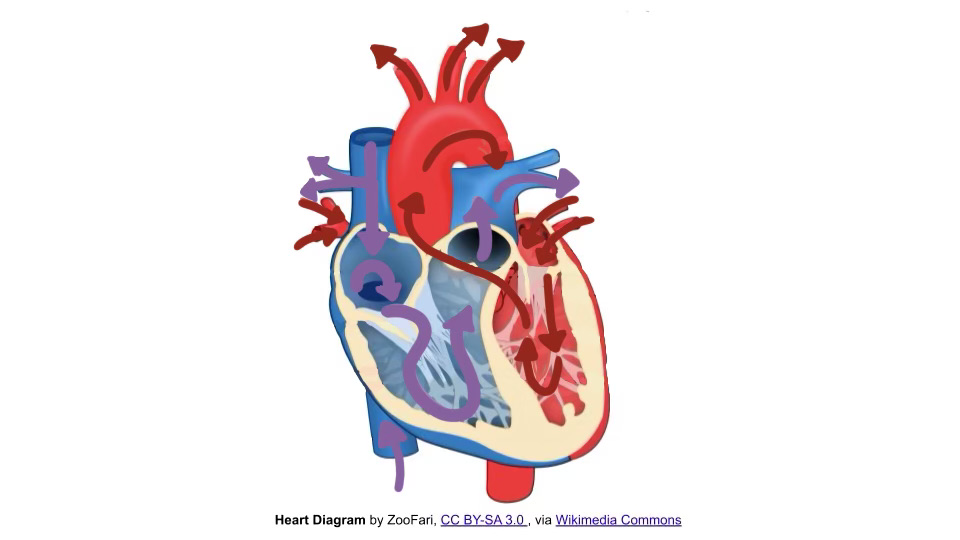Have you ever wanted to scuba dive with your pet? If you happen to own an Anolis lizard, it may be possible.
A species of semi-aquatic lizard produce a special bubble over their nostrils to breathe underwater and avoid predators. This bubble usage provides insight into tool usage in lizards and how they adapt to anoxic conditions.
The ability to harness a bubble for underwater expeditions has been observed in “hundreds of insect species,” though much less is known about bubble use in vertebrates. Research by Lindsey Swierk, an assistant research professor of biological sciences at Binghamton University, provides evidence suggesting a functional role in the ability of water anoles to “rebreathe” underwater using a bubble that forms atop their nose.
Anoles are a group of small tropical lizards that have drawn the attention of the biology community for a few years now. Their ability to “rebreathe” exhaled oxygen varies among species, resulting in differing bubble morphology and placement. These studies have examined how these bubbles are allowed to form, determining it is possible via a thin layer of air tightly clinging to the lizard’s skin when submerged.
Despite this attention, more evidence is needed to support the proposed function for this ability.
“We didn’t know whether there was actually any functional role for this bubble in respiration. Is it something that lizards do that is just a side effect of their skin’s properties or a respiratory reflex, or is this bubble actually allowing them to stay underwater longer than they would, say, without a bubble?” Swierk said.
Examining Costa Rican water anoles, Anolis aquaticus, Swierk tested the function of their bubbles by coating a test group with an emollient, nulling the hydrophobic capabilities of their skin. This group was then compared with a control group of lizards who had been left alone. Swierk recorded the number of bubbles produced by both groups, and the length of time they spent underwater. She observed that the lizards who could rebreathe as usual remained underwater 32% longer than the test group.
The results confirmed the effectiveness of the bubbles in enabling the lizards to avoid predators, such as birds and snakes, for longer.
“Before, we suspected it – we saw a pattern – but we didn’t actually test if it served a functional role,” Swierk said.
Their next goal was to understand how anoles receive enough oxygen when underwater. Various diving insects and arachnids, such as diving spiders, can use an air bubble as a “physical gill,” which uses the gas exchange to clear out carbon dioxide or diffuse oxygen from the surrounding water. It is theorized that the bubbles produced by anoles function the same way, though there remains a question of how such a small bubble can provide enough air for a vertebrate this size when in previous examples, organisms are much smaller.
“I’ve had people talk to me about how much they love scuba diving and freediving, and how they’re interested in how animals might do the same thing,” Swierk said, who would like to see more public interest in the lizard’s adaptation. She added, “So there’s a great opportunity to get people excited about science by having this relationship between what they love to do and what’s evolved in nature.”
Another Video from Mahler Lab that shows the Anoles Jumping in the water:









